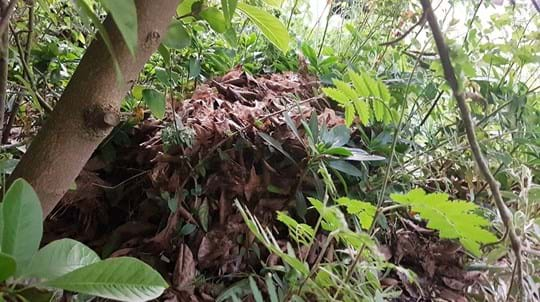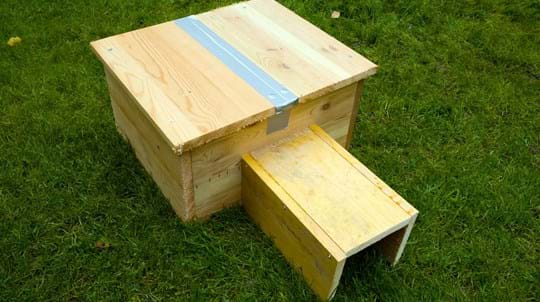
Credit: John Bridges / WTML
What do hedgehogs eat?
Invertebrates are a hedgehog’s favoured food, with beetles, earwigs, earthworms and caterpillars high on the menu. Occasionally, they also eat carrion and the eggs of ground-nesting birds. They’re very partial to food left out by humans too, with cat food and leftovers being an urban hedgehog staple.











